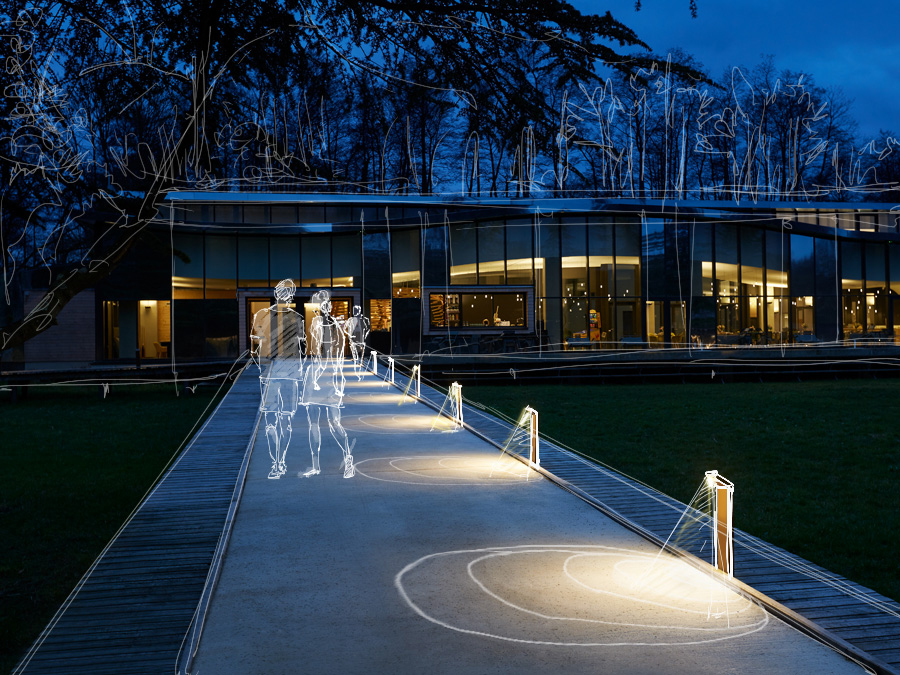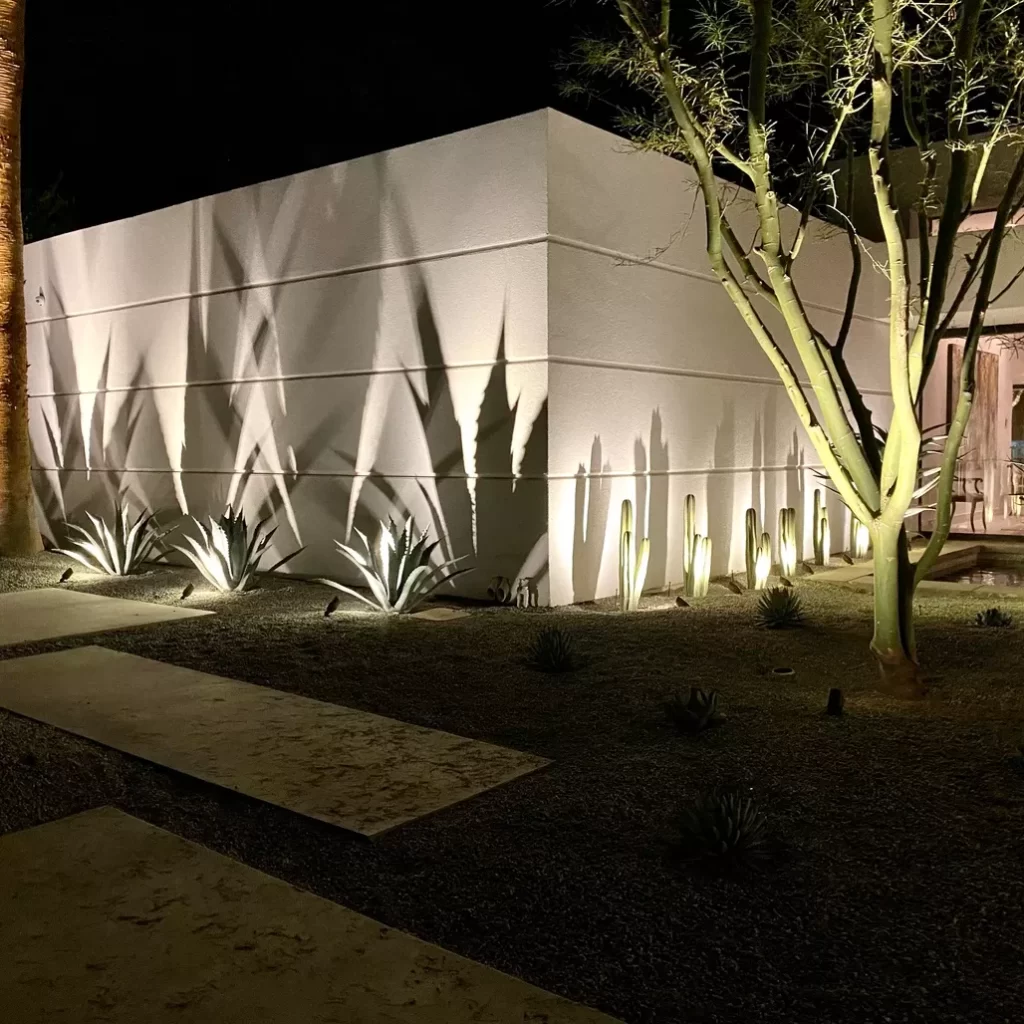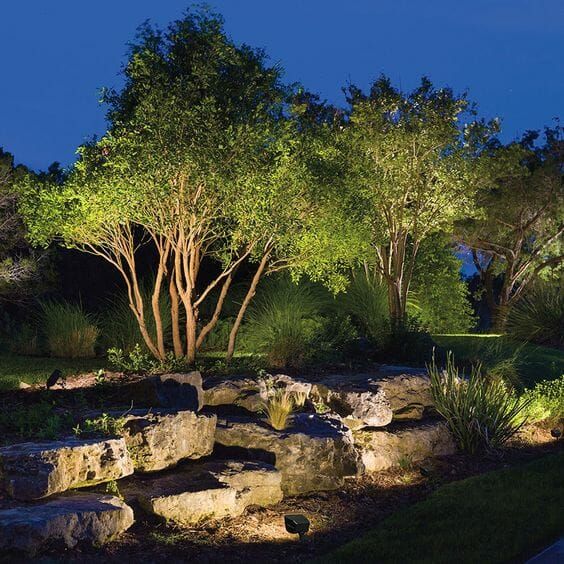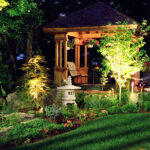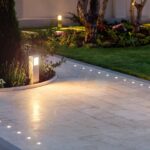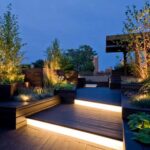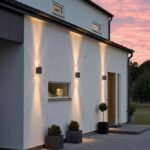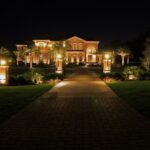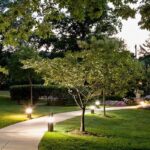Landscape lighting design plays a crucial role in enhancing the overall appearance and functionality of outdoor spaces. By strategically placing lights throughout a landscape, homeowners can create a magical ambiance that not only highlights the beauty of their property but also improves safety and security. When it comes to designing landscape lighting, there are several key factors to consider, including the type of lighting fixtures, their placement, and the effect they will have on the surrounding environment.
One of the most important aspects of landscape lighting design is selecting the right type of fixtures. There are a wide variety of options available, from floodlights and spotlights to path lights and wall washers. Each type of fixture serves a specific purpose and can help create different lighting effects. For example, floodlights are perfect for illuminating large areas, while spotlights can be used to highlight specific features like trees or statues. Path lights are ideal for safely guiding guests along walkways, and wall washers can create a soft, ambient glow on walls or fences.
In addition to choosing the right fixtures, it’s also important to consider the placement of lights in a landscape design. Properly placed lighting can highlight the best features of a property and create visual interest. For example, uplighting can be used to accentuate the height and texture of trees, while downlighting can create a cozy atmosphere on a patio or deck. By strategically placing lights around a landscape, homeowners can create a warm and inviting environment that is perfect for entertaining or relaxing.
Another important consideration in landscape lighting design is the effect that lights will have on the surrounding environment. Overly bright or harsh lighting can create glare and light pollution, which can be disruptive to neighbors and wildlife. To minimize these effects, homeowners should opt for fixtures with adjustable brightness levels and use shields or lenses to direct light where it is needed. Additionally, using energy-efficient LED lights can help reduce energy consumption and minimize the impact on the environment.
When designing landscape lighting, it’s also important to think about safety and security. Well-lit outdoor spaces can deter intruders and provide a sense of security for homeowners and guests. Path lights can illuminate walkways and prevent tripping hazards, while motion-activated lights can alert homeowners to potential threats. By carefully considering these factors and designing a lighting plan that meets their specific needs, homeowners can enhance the beauty and functionality of their outdoor spaces and create a welcoming environment for all.
